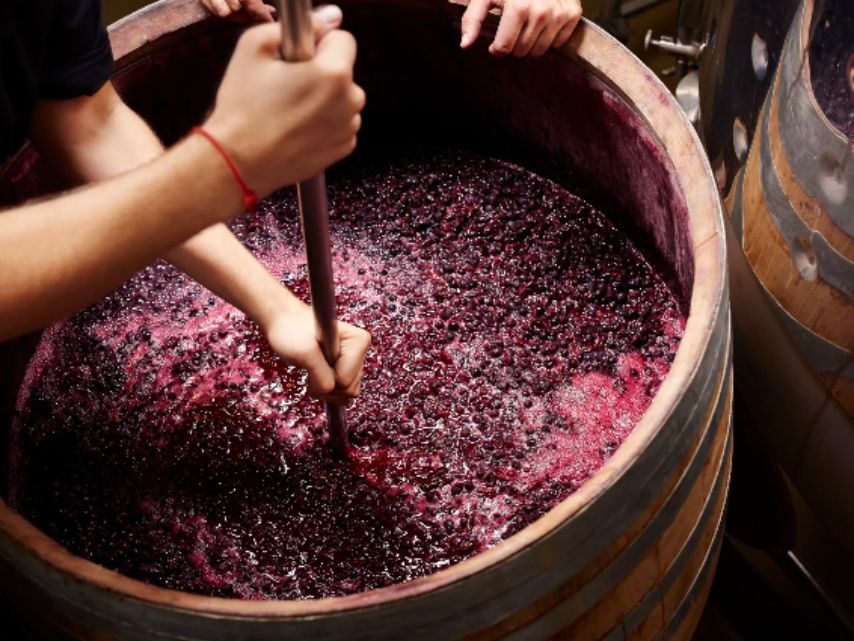Origin of Tongue 'n Cheek
Tongue 'n Cheek was created out of a discussion between Dominique Lafon and Larry over what role whole cluster fermentations should play in the production of Pinot Noir at Lingua Franca. Larry advocated for a reasoned use of some whole cluster in most of the Pinot cuvées but with lighter, fruitier wines receiving less whole cluster, and the finer lots of fruit having up to 50% or higher on occasion, as the lignification of the stems and overall ripeness dictated to varying degrees from vintage to vintage.

Influence of Henri Jayer
Dominique was a stalwart disciple of Henri Jayer, for whom no stem was worth using, “You wouldn't want to eat a stem, so why put it in your wine?" was Henri's favourite dictum. However much Larry loved Henri and his wines, and of course Dominique's, Lafarge's, Angervilles and Liger-Belairs, he enjoyed Domaine Dujac, Domaine de la Romanée-Conti and other whole cluster wines.
Exploring Whole Cluster Contribution
After decades of tasting Willamette Valley Pinot Noir, Larry thought that at least they should explore the contribution of whole cluster, especially considering their winemaker, Thomas Savre, had worked at Domaine de la Romanée-Conti and Domain Dujac, and remained very close to both estates. In effect they wound up utilising whole cluster in a variety of their best loved wines from the very first vintage.
Value of De-stemmed Fruit
But to make sure that they also explored the value of wines made entirely from de-stemmed fruit, they had fruit from very similar sources, one making The Plow with around 25% whole cluster fruit, and as a counterpart from entirely de-stemmed fruit, they made a cuvée called Tongue 'n Cheek. It is instructive to compare the two; both are delicious, but will please different aesthetic preferences.
Distinct Characteristics of The Plow and Tongue 'n Cheek
The Plow is more tannic and dark, with graphite and black fruit highlights framing the brighter side, sometimes it needs a little age to tame its wilder side. Tongue 'n Cheek has a broad, round entry and a very smooth texture. It is plummy yet layered and elegant. Both are enjoyable for different reasons and with different dishes. Which will age better? Which will gain more complexity with time and which will peak earlier? This is a question to which only time can answer and it may take a decade or more to reveal the solution to this puzzle.











